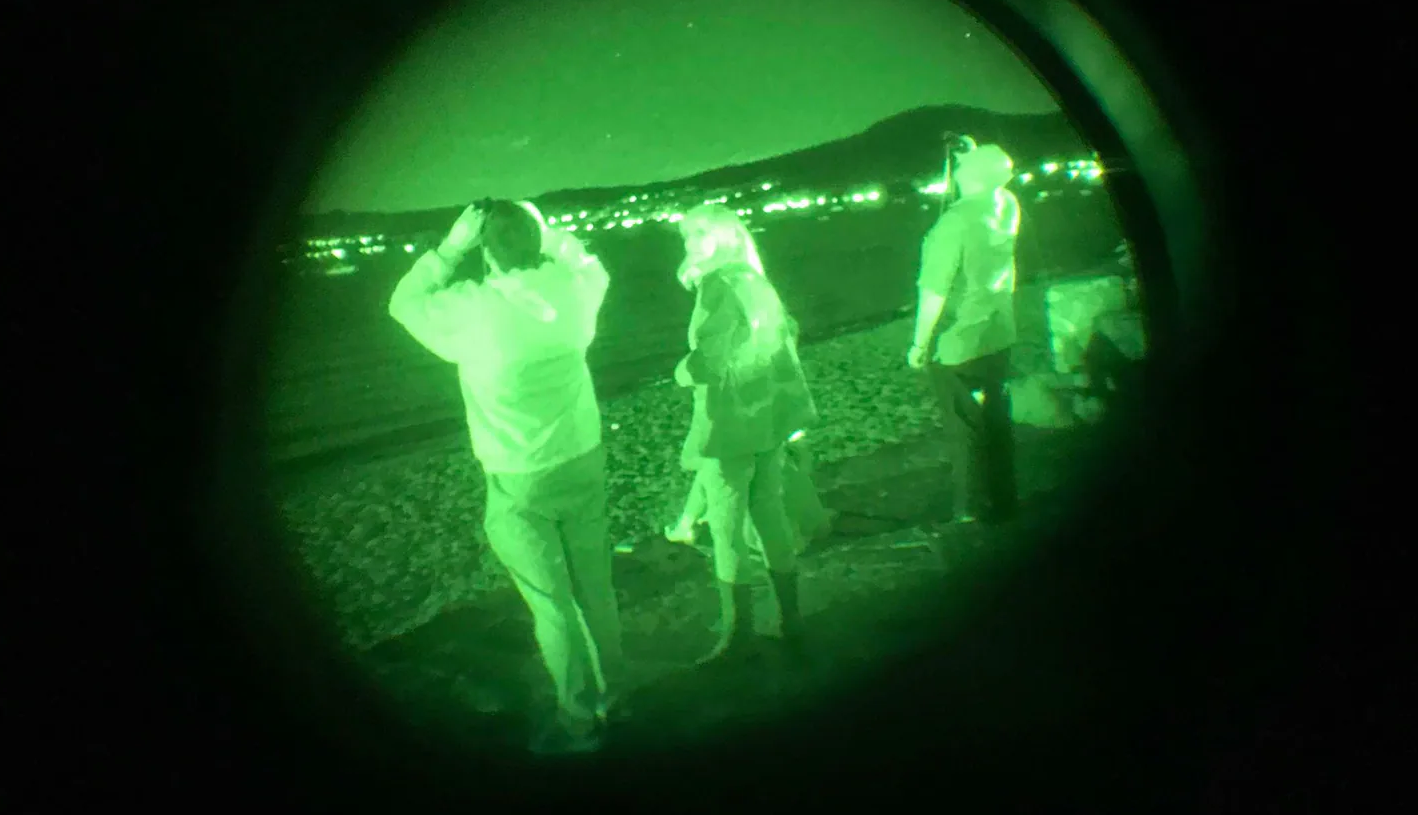AARP Hearing Center
For more than 35 years, unidentified anomalous phenomena have been part of Lisa Tsering’s life. While the more familiar term is UFO (unidentified flying object), UAP started making its way into our vernacular a few decades ago. First defined as “unidentified aerial phenomena,” about two years ago it was changed to “unidentified anomalous phenomena,” a shift that allowed for the inclusion of a larger swath of undefinable sightings, including those underwater.
“It sounds weird but I don’t care if it’s weird,” the 62-year-old from the San Francisco Bay Area says of the “obsession” that she’s merged with her love of travel.
Tsering has visited dozens of “hot spots” renowned for their UAP activity, though she’s “not an experiencer, per se” — someone who has had “a real experience with what they call ‘the others’ or ‘the phenomenon,’ ” she explains. But, she says the connection to the subject keeps her traveling. Rather than traveling to see something, say the Eiffel Tower or the pyramids, Tsering says she travels to feel something.
“If you go to one of these sort of weird hot spot places, and you bring the gift of an open mind, it can really be an unforgettable travel experience, even if you don’t feel something,” she says.
For those looking to feel or see something anomalous in the skies, a new study by researchers at the University of Utah suggests the American West and Northeast are the places to head. While there have been reported UAP sightings in all 50 states and Washington, D.C., using data from more than 98,000 reported UAP sightings, the University of Utah researchers determined that both the Southeast and the central plains were the least UAP-hearty.


Anomalous objects back in the news
Anomalous objects are having a moment. The spike in interest and sightings of the anomalous may be pandemic related. According to Diana Pasulka, a professor of religion studies at the University of North Carolina, Wilmington, UAP sightings increase during times of crisis. Congress has held hearings, NASA has commissioned a study team and the Pentagon has established a task force. There’s bipartisan support for a bill calling for government transparency about research on extraterrestrials.
“I’m definitely convinced there’s something out there,” says Alan Steinfeld, the author of Making Contact: Preparing for the New Realities of Extraterrestrial Existence. In 1987, while parked overnight off a deserted road, Steinfeld and his girlfriend “felt like we were frozen in time,” he says, adding that he believes UAP is a phenomenon that goes beyond objects. “It can have a physical effect; it can be negative or positive; it can attack people’s moods; it can shift the nature of what they think reality is,” he says.
Several years ago on a trip to West Texas from Austin, Suzanne Kho, 58, drove to see the Marfa Lights. She says she “spent over an hour at the viewing platform … and scanned the horizon to get a glimpse of these mysterious lights without any luck. So I remain a skeptic.”
One of the issues with sightings, according to the experts who debunk them, is a lack of familiarity with normal objects in the sky, including planets often reported as UAPs. Atmospheric phenomena are explainable, too, from sun dogs caused by ice crystals that project columns of light on each side of the sun to lentil-shaped clouds that look like mid-century B-movie flying saucers.































.jpg?crop=true&anchor=13,195&q=80&color=ffffffff&u=lywnjt&w=2008&h=1154)




























.jpg?crop=true&anchor=9,11&q=80&color=ffffffff&u=2xkwh0&w=2028&h=1165)
.jpg?crop=true&anchor=13,116&q=80&color=ffffffff&u=2xkwh0&w=2024&h=1163)

.jpg?crop=true&anchor=10,170&q=80&color=ffffffff&u=2xkwh0&w=2027&h=1164)


